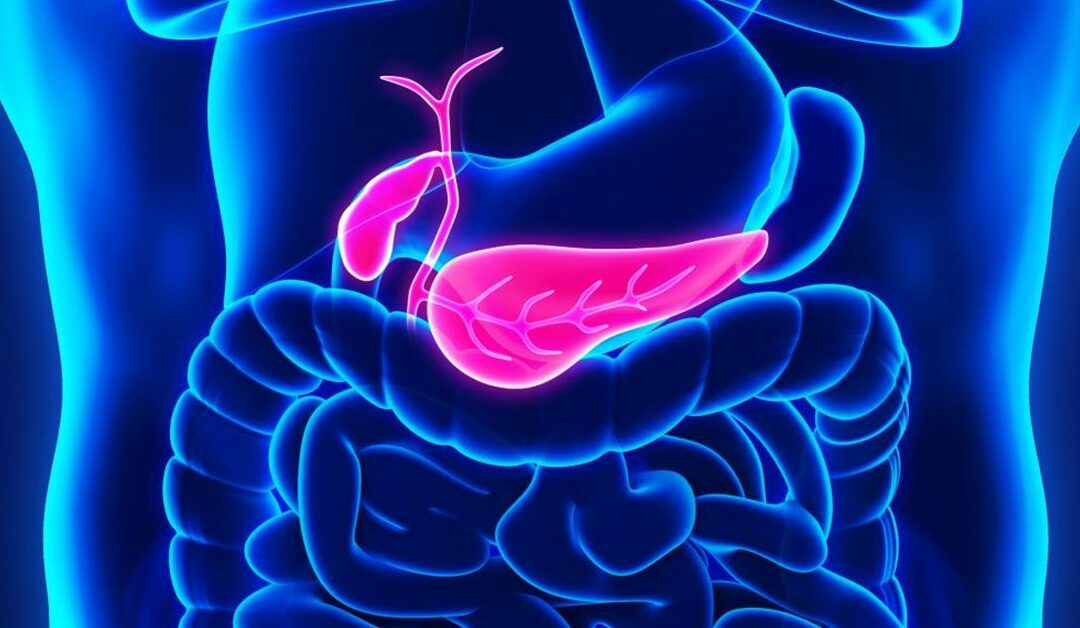Since pancreatic cancer is often referred to as a silent disease, patients often don’t notice its symptoms until it progresses. An elongated pear-shaped organ, the pancreas sits behind many organs, including the stomach, small intestine, spleen, liver, gallbladder, and bile ducts. If a cancerous tumor develops in the pancreas, the chances of spreading to the other parts increase, which may not be noticed until it has grown too large.
The presence of several common symptoms may indicate pancreatic cancer in an advanced stage or an unrelated illness.
Symptoms
In pancreatic cancer, expecting to have early signs is entirely wrong. With the progression of the disease, certain abnormal symptoms could be experienced, such as:
- Loss of appetite
- Tiredness
- Upper abdominal pain (that may spread to the back)
- Light-colored poop
- Dark colored pee
- Unexplained weight loss
- Itchy skin
- Blood clots in the body
- Nausea and vomiting
- Worsening diabetes.
If someone has been recently detected with diabetes or pancreatitis, the condition of pancreatic cancer could be suspected. Jaundice and weight loss are among the evident pancreatic cancer symptoms that need immediate medical attention.
Causes
The cause of pancreatic cancer is difficult to understand, as there is no apparent reason. However, several risk factors for developing the condition have been identified.
- Long-standing diabetes
- Chronic pancreatitis
- Smoking
- Obesity
- History of pancreatic cancer in the family
- Aging
- Lifestyle factors
In about 1 in 10 cases, pancreatic cancer is inherited from a person’s parents. Certain genes increase the chances of getting pancreatitis, which in turn increases the risk of developing cancer of the pancreas.
Treatment
Generally, pancreatic cancer is detected when it reaches a reasonably advanced stage. If the tumor is large, treating cancer will become challenging, requiring a multidisciplinary approach. The cancer treatment depends on certain things, including the tumor’s location, what stage it is in, if it’s malignant or not, and the patient’s overall health.
Pancreatic cancer treatment may involve surgery, chemotherapy, radiation therapy, vaccination, pain management, immunotherapy, and dietary changes.
Surgery:
The procedure involves removing all parts of the pancreas or, depending on the location and size of the tumor, and is known as a pancreatectomy. Sometimes, an area of healthy tissue around the tumor is also removed. A six-month chemotherapy course is probably planned afterwards, which significantly increases the chance of being cured.
Radiation Therapy:
It uses high-energy rays to kill cancer cells. Radiation therapy can be combined with chemotherapy before surgery to make the cancer cells smaller. Also, it helps control and improve the symptoms of advanced cancer.
Chemotherapy:
The sessions use drugs that kill cancer cells, especially after surgery, to help stop cancer reversal. Chemotherapy controls and improves the symptoms if surgery isn’t performed for specific reasons.
Immunotherapy:
Immunotherapy uses drugs to help the body’s immune system recognize and attack cancer. Mostly combined with chemotherapy, it is also being studied as part of emerging clinical trials for pancreatic cancer.
Targeted Therapy:
Genetic testing determines if targeted therapy suits the patient. The treatment targets cancer’s specific genes, proteins, or the tissue environment contributing to cancer growth and survival. It blocks the growth and spread of cancer cells and limits damage to healthy cells.
Treatment for pancreatic cancer can effectively ease symptoms and make patients as comfortable as possible.



Recent Comments